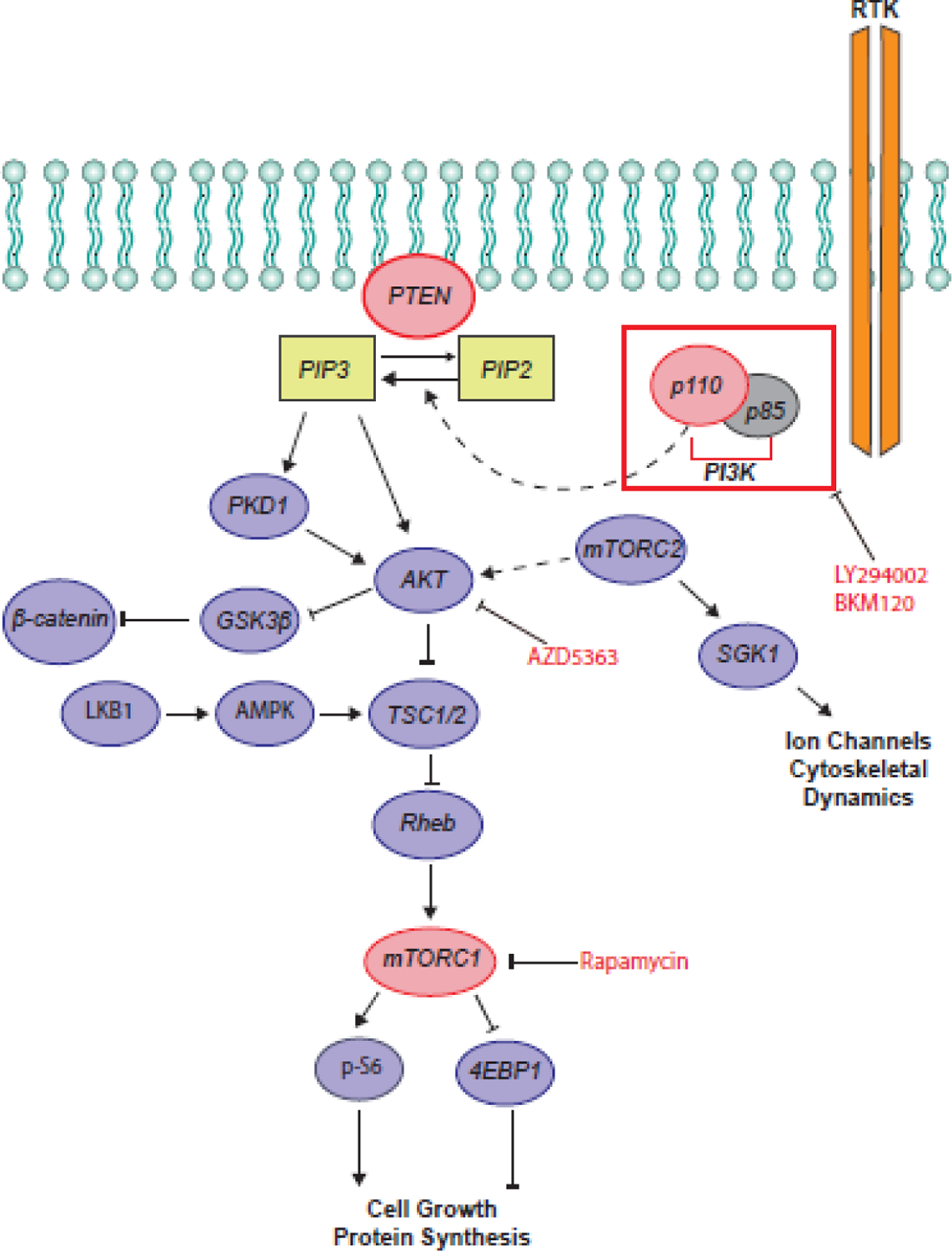Figure 1. The PTEN-PI3K-AKT-mTOR pathway and therapeutic targets.

Activation of PI3K-AKT signaling can occur by binding of growth factors, hormones, or cytokines to receptor tyrosine kinases (RTK), leading to activation of phosphatidylinositol 3-phosphate kinase (PI3K). PI3K phosphorylates phosphatidylinositol-4,5-bisphosphate (PIP2), generating phosphatidylinositol 3,4,5-trisphosphate (PIP3), leading to the activation of AKT by phosphorylation at Thr308 (p-AKT). PTEN opposes the effect of PI3K by hydrolyzing PIP3 to PIP2. p-AKT deactivates glycogen synthase kinase-3 β (GSK3β), which is a negative regulator of β-catenin, and suppresses the tuberous sclerosis complex (TSC1/TSC2), a negative regulator of mTORC1. mTORC1 suppresses eukaryotic translation initiation factor 4E-binding protein (4EBP1) and activates p-S6, leading to increased protein translation. mTORC2 modulates cytoskeletal remodeling and ion channel activation and leads to phosphorylation of AKT at Ser473. Pharmacological treatment with LY294002 and BKM120 inhibits PI3K activity. AZD5363 inhibits AKT. Rapamycin inhibits mTORC1 activity. Abbreviations: AKT, protein kinase B; AMPK, AMP-activated protein kinase; mTOR, mammalian target of rapamycin; mTORC1, mammalian target of rapamycin complex 1; mTORC2, mammalian target of rapamycin complex 2; PTEN, phosphatase and tensin homolog; PKD1, polycystin 1; LKB1, liver kinase B1; SGK1, serum/glucocorticoid regulated kinase 1.
